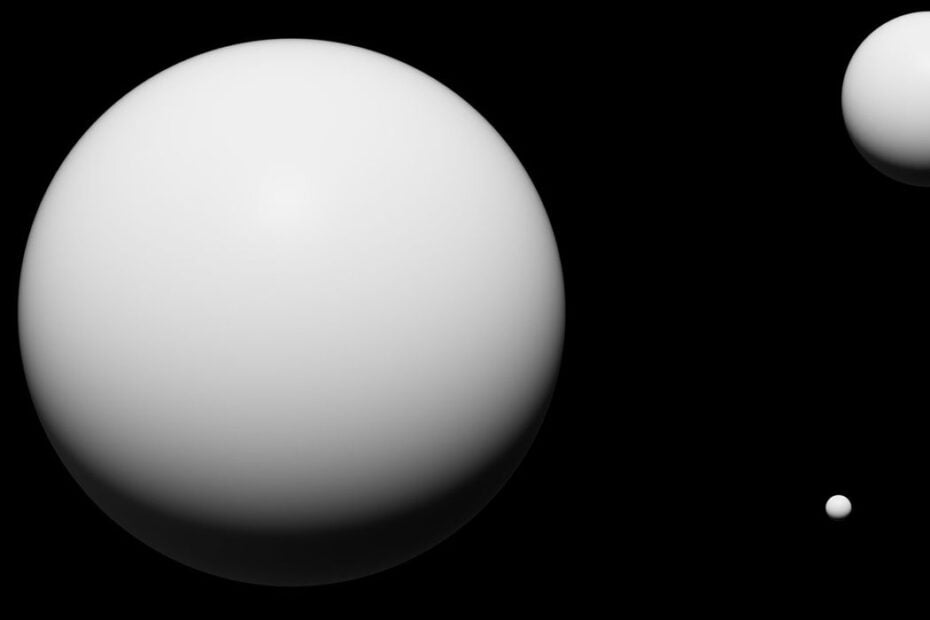– a brief conversation with Pak
By Jonas Kasper Jensen & Michael Juul Rugaard
The now-famous NFT creator Pak issued his/her/their first NFT on the platform Superrare on the third of February 2020 and has since become a defining figure in the NFT space. Notable achievements were the sale of 312.686 units of M that comprise the work Merge. The sale gave Pak the spot as one of the highest-selling artists/creators alive today. Merge was sold for 91.8 million USD.
Pak’s work is particularly interesting because it utilizes blockchain technology and NFTs in new and experimental ways. Merge, as an example is directly reflecting the amount of M units a collector holds in a wallet in that the visual presentation of the combined units is changing in accordance with the amount.
Pak also has a history of creating pandora’s box-like mysteries around his/her/its persona and project. In this sense, Pak is a textbook example of the emergence of personas in digital culture that the NFT community has widely adopted. In an interview from 2017 at Fitc, Pak explained his/her/their idea of identity as: “Identity, to me, is similar to shouting ‘I am here!’. I try to do the exact opposite, which creates a social vacuum.”
Pak seems to have been involved in everything from the gaming industry, motion graphics, design, and commercials. Lately, the NFT industry has labelled Pak as a crypto artist. However, the unknown character and the fog of contradictions related to Pak all go to show why Pak as a project might be as intriguing for the NFT community as it is. The following brief conversation certainly does give rise to further speculation.
The Tokenizer (TT): What is the history of Pak? Is Pak a group of artists, or does Pak cover one artist?
Pak (Pak): Pak is Pak! Pak is a designer, not an artist.
TT: What does the name Pak mean?
Pak: What does the name Jonas Kasper Jensen mean?
TT: Would you tell how you got aware of NFTs and why you entered the NFT scene in the first place?
Pak: As soon as I comprehended the concept I dived in to leave my permanent marks.
TT: What is an NFT to you?
Pak: A digital signature.
TT: What was your first digital artwork, and how did it look?
Pak: I wish I knew the first thing I created that was labelled by others as an “artwork”.
TT: If one looks at some of your older works like the video “Imagine” and the AI project “Archillect” it seems like you have been interested in investigating the possibilities of technology for a long time. Why does technology play such a central role in your work?
Pak: Because of innovation.
TT: Is there some underlying philosophy or meaning behind the minimalist visual language you use in your NFTs?
Pak: I’m not a minimalist.
TT: Your new work “Merge” primarily exists as code on the Ethereum network. Would you mind explaining your thoughts on why code is an essential tool for artists working with blockchain technology and NFTs in particular?
Pak: It’s the fabric of this medium.
TT: “Merge” has gained enormous success and made you one of the highest-selling art projects that are alive today. What do you think has contributed to this success?
Pak: Us.
TT: A defining quality of an NFT is, of course, that it’s non-fungible, but it seems as if you like to play around with these terms: fungible versus non-fungible. Is that correct, and could you tell how and why you find this interesting?
Pak: Boundaries are where innovation happens, so I use them as a creative playground.
TT: The work sold by Sotheby’s in April 2021 even had the title ‘The Fungible’, and each purchase of a Cube was an ‘open edition unit’. Were those cubes, in your opinion, still non-fungible tokens even though ‘The Fungible’ wasn’t just a single edition piece of art, but an open edition?
Pak: Correct, because while The Fungible’s “collecting” phase was dynamic, the artwork’s existence was static. Merge is particularly special in that the whole artwork is one connected piece with many fractions owned by many collectors.
TT: Have you given it any thoughts from a regulatory perspective, whether the regulatory/legal status of a token representing a piece of art could perhaps change, if it becomes unclear whether the token is non-fungible or fungible?
Pak: Does it matter?
Read other stories: Game-changing NFT games – PART I


